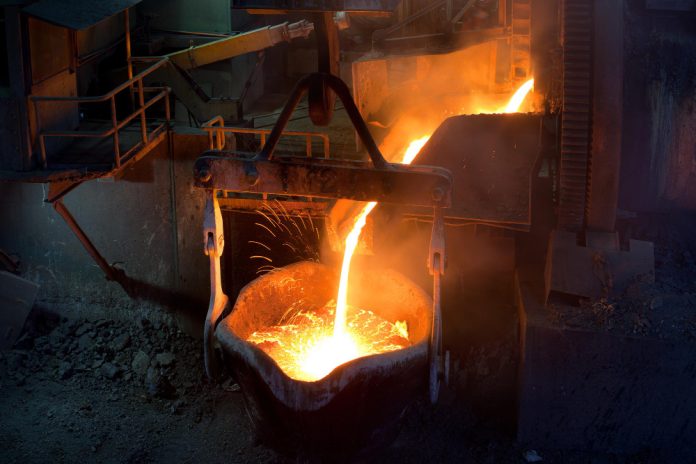Mining is inherently hazardous. From deep underground operations to open-pit excavations, every aspect of the industry carries risk—be it physical injury, equipment failure, or environmental hazards. For decades, the Indian mining sector has battled these safety challenges with varying levels of success. But today, a quiet revolution is taking place.
With the adoption of cutting-edge technologies, supported by policy advocacy from FIMI (Federation of Indian Mineral Industries) and the CII Mining & Metals Committee, safety is no longer reactive. It’s proactive, predictive, and data-driven.
A Historic Problem Now Meets Modern Solutions
Accidents in mines have historically stemmed from causes like poor visibility, lack of real-time information, outdated machinery, and inadequate training. Many workers in remote mining regions operate in extreme conditions, often with limited oversight or support.
However, the last five years have seen a marked shift. The integration of automation, AI-powered surveillance, and smart communication systems has brought real-time risk assessment to the surface—literally and figuratively.
Automation: Taking Humans Out of Harm’s Way
One of the most impactful changes has been the introduction of automated machinery and remote-controlled equipment. From robotic drilling rigs to autonomous haulage trucks, automation is helping remove human workers from the most dangerous parts of a mining operation.
In some mines, control rooms hundreds of kilometers away now operate excavators and loaders using real-time video feeds and AI-powered dashboards. This approach not only enhances precision but drastically reduces the likelihood of fatal on-site incidents.
AI and Predictive Analytics: Spotting Danger Before It Strikes
Artificial Intelligence is also transforming mine safety by turning historical data into predictive insights. By analyzing machine performance, environmental readings, and previous safety violations, AI can predict potential hazards such as:
- Equipment failure
- Structural instability
- Gas leaks or ventilation issues
Mining firms are using these insights to issue early warnings, plan preventive maintenance, and deploy safety resources where they’re needed most.
The Rise of Drone Surveillance and Smart Monitoring
Drones have become another essential tool in India’s safety-first mining model. These unmanned aerial vehicles are now deployed to inspect pit walls, survey unstable ground, and access hard-to-reach zones without putting any lives at risk.
Some drones are equipped with thermal imaging cameras and gas sensors, providing a real-time safety map of the mine site. Combined with IoT sensors embedded across mining equipment and shafts, supervisors can now monitor everything from air quality to vibration levels remotely and continuously.
FIMI and CII’s Push for Safer Standards
Safety transformation isn’t just about tools—it’s about culture. Both FIMI and CII have played a critical role in pushing for higher safety standards across the sector.
FIMI conducts safety audits, promotes standardized training programs, and supports the adoption of ISO safety certifications among its members. The organization also collaborates with state mining departments to standardize emergency response protocols.
CII complements this by organizing safety summits and providing forums where mining companies can exchange best practices, review incident data, and explore innovations in risk management. Together, these industry bodies are driving a new narrative—one where worker welfare is at the core of productivity.
Conclusion: Safety Is the New Competitive Advantage
As India’s mining industry scales up to meet rising domestic and international demand, the focus on safety cannot lag behind. The integration of technologies like AI, automation, and drones is not only reducing accidents but is also building a culture of care, responsibility, and operational excellence.
With unwavering support from FIMI and CII, mining companies are learning that safety is not just about avoiding penalties—it’s about building trust, retaining skilled workers, and securing long-term viability.
In today’s modern mines, safety isn’t an afterthought—it’s an asset. And in the years to come, the safest mines will likely be the most successful ones too.












